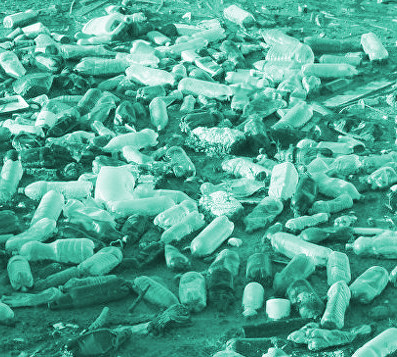Garbage hosts coastal bugs
 Organisms usually only seen on the coast have been found thriving on the Great Pacific Garbage Patch.
Organisms usually only seen on the coast have been found thriving on the Great Pacific Garbage Patch.
Marine invertebrates that typically inhabit coastal areas of the western Pacific Ocean are living and reproducing on plastic debris in the high seas, in the Eastern North Pacific Subtropical Gyre, also known as the Great Pacific Garbage Patch, according to researchers from the Smithsonian Environmental Research Center.
Experts say marine species disperse themselves across the open ocean on floating debris, with plastic objects providing a more-persistent surface than natural rafts (which degrade far more quickly over time).
A recent study sought to determine the degree to which these increasingly abundant plastic structures are acting as more permanent homes.
Linsey Haram and colleagues collected 105 items of floating plastic debris, between November 2018 and January 2019, from the Eastern North Pacific Subtropical Gyre and found evidence of living coastal species on 70.5 per cent of the debris analysed.
They identified 484 marine invertebrate organisms on the debris, of which 80 per cent were species that are normally found in coastal habitats.
The number of coastal species such as arthropods and molluscs identified rafting on plastic was over three times greater than that of pelagic species that normally live in the open ocean.
The researchers found that the diversity of all organisms was highest on rope, and that fishing nets harboured the highest diversity of coastal species. They also identifies evidence of sexual reproduction among both coastal and open-ocean species, including among hydroids (relatives of jellyfish and corals) and amphipods and isopods (both types of crustacean).
The authors suggest this discovery indicates that species originating on the coast are capable of surviving and reproducing on plastic debris that may have travelled thousands of kilometres over several years, and may even represent a new type of ecological community in the ocean (that they term a ‘neopelagic community’).
More research should help determine how the species survive and the ecological and evolutionary consequences.








 Print
Print